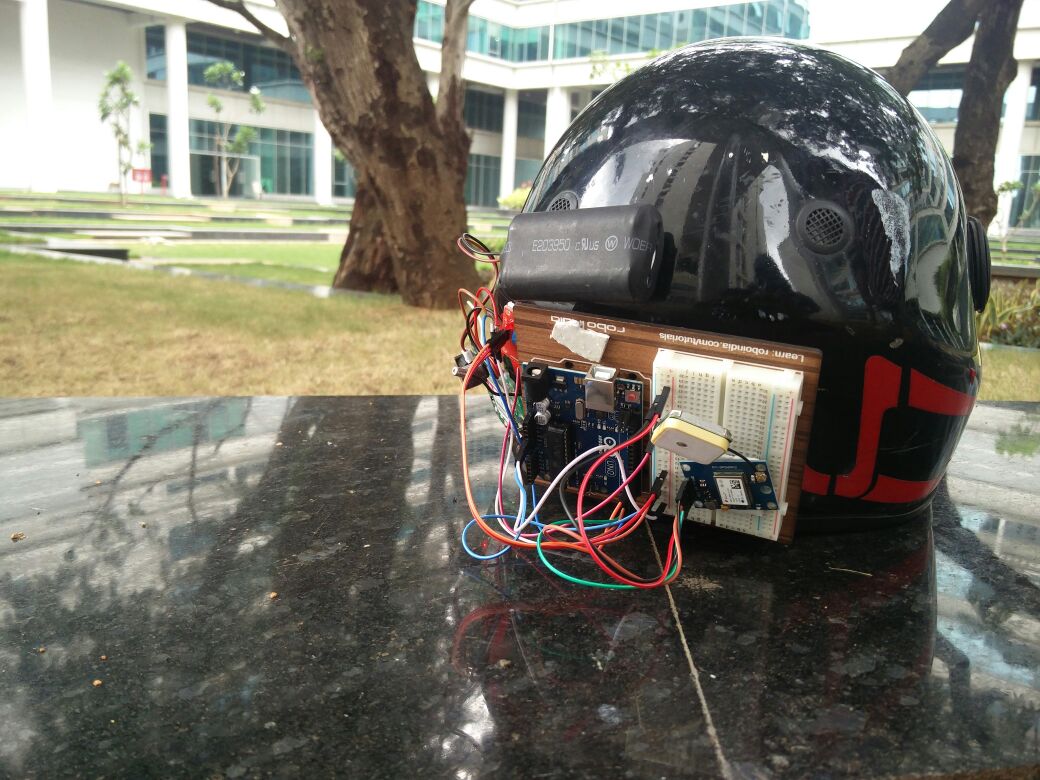Table of Content
She edited home repair and design content at websites like The Spruce and HomeAdvisor. She also has hosted videos on DIY home tips and solutions and launched multiple home improvement review boards staffed with licensed pros. A health-related trend that was also stimulated further during the pandemic, because of the closing of gyms and fitness studios and the increase in time spent at home, tech-based at-home exercise is continuing to grow in 2021. Smart workout tech like the Mirror , Samsung’s Smart Trainer and the Ultrahuman app built to connect to a user’s Apple Watch, have all found increased interest. The internet of things is still a more complicated process to understand, but progress made in the smart home world in regards to IoT will have a lot of implications for making life easier, particularly in the smart kitchen and smart bathroom space.

The countries covered in the smart home market report are U.S., Canada and Mexico in North America. VitalOn Advanced RPM and Chronic Disease Management Platform TheVitalOnremote patient monitoring and chronic disease management platform provides a seamless user experience for seniors and patients requiring a simple yet comprehensive support system. Essence Groupannounced the range of advanced IoT-based solutions it will present at CES 2023, leveraging the latest IoT and cellular technologies for the security and healthcare industries. Essence Group today announced the range of advanced IoT-based solutions it will present at CES 2023, leveraging the latest IoT and cellular technologies for the security and healthcare industries. Of connected-home devices are purchased through service providers today, due to strong go-to-market access. Despite the proliferation of devices, we're still far from the vision of seamlessly connected homes.
Browse Related Reports
The stage includes obtaining market information or related data through various sources and strategies. It likewise envelops the examination of information inconsistencies seen across different information sources. The market data is analysed and estimated using market statistical and coherent models. Also, market share analysis and key trend analysis are the major success factors in the market report. U.S. country is dominating the North America smart home market due to supporting infrastructure and strong product offering owing to strong manufactures base. North America smart home market is growing due to the increasing adoption of IoT based home devices and supporting strong connectivity solution.
The increasing need for energy efficiency in the homes to minimize energy bills and carbon emissions and growing importance for enhanced security and remote monitoring facilities in homes are factors driving adoption of smart home. COVID-19 has interrupted regular life and caused individuals, organizations, and governments to modify their policies, priorities, and actions. These developments are acting as a stimulus for technological advancement and innovation. However, in recent years, the home automation business has grown rapidly, a trend aided in part by COVID-19 and the fact that people have been forced to spend more time in their homes owing to lockdown restrictions. Consumers in the home are extremely concerned about the rising expense of electricity bills.
Smart Home Bi-Annual Review
INSIGHTS ABI Insights offer expert perspective on recent news events, including M&As, proposed and recently enacted regulations, product launches, and market updates. For instance, in January 2020, Vivint Smart Home, Inc. and Mosaic Acquisition Corp. announced a merger. The aim of the merger was to make the organization a publicly-traded company along with enhancing the smart home platform offerings. Samantha is an editor who covers all topics home-related including home improvement and repair.

All of the home's equipment must be connected together via a single communication interface. Depending on the number of appliances and technology used, installation charges can vary significantly and become unaffordable for a customer. Even if it is expected to be beneficial in the long run, it can be challenging for businesses to gain the traction of customers at these prices.
Smart Home Services
For example, touchless doorbells are a new innovation for guests to announce their arrival without touching a shared surface that could potentially spread germs. And of course, many home devices are controlled via mobile apps so each individual that has control touches only their own phone and not the device itself. If you have a smartphone, a Wi-Fi connection and an outlet, most people are set to connect a lot of devices—which makes the barrier to entry lower for smart home tech across the board. One of the top smart home trends for 2021 is just how fully integrated smart home tech is becoming. As mentioned above, it has almost become an expectation instead of a luxury, and along with higher expectations has come connectedness and ease of use.

The global smart home control system is expected to witness steady growth during the forecast period. One of the major factors contributing to its market is growing preference for smart gadgets among end users as it can be controlled with smart phones from anywhere in the world. Another key factor positively impacting its market is growing need for real-time home monitoring systems in order to improve safety and security of homes and to make things easy for handicapped and geriatric population as it needs no manual operation.
Technology Summit: Transformational Tech Trends Across Homes and Cities
Smart air purifiers and air conditioners are also on the rise to assist in elevating and maintaining air quality during this global health crisis. Some smart doorbells are integrating temperature-taking functionality so that people can screen their guests for one of the most basic Covid-19 indicators before allowing them inside. This trend had already started to permeate the smart home arena and the Covid-19 pandemic accelerated it in 2020 and 2021. You’ve likely seen touchless hand sanitizer dispensers in retail environments, and while they’re likely not smart-enabled, the potential is there—and the touchless concept is expanding. The most important key figures provide you with a compact summary of the topic of "Smart home" and take you straight to the corresponding statistics. Due to varying update cycles, statistics can display more up-to-date data than referenced in the text.

It is also expected to witness the highest growth over the forecast period due to the increasing demand for Zigbee in healthcare and safety & security applications. A total of 89 figures / charts and 87 tables are provided in this 182-page report to help in your business decisions. To learn the scope of benefits, companies researched, and other details of the smart home market report, please download the report brochure.
The IoT platform is one of the most significant global economic drivers for the smart home market growth. This factor shows that within some years, there would be massive clusters of sensors, devices, and things that would communicate through high-speed technology such as 5G. Such a growing proliferation of the internet of things devices is likely to drive the market towards a higher growth trajectory. Additionally, the shifted focus on improving energy efficiency will also offer numerous growth opportunities within the market. Our extensive research, which includes data, trend, and forecast reports, examines how next-generation technologies and service serve across and within Smart Homes and Buildings. Our service details market influence on and impacted by detailed areas including robotics, appliances and healthcare, as well as adjacent markets such as energy, insurance, mobile and OTT services and more.

Increasing adoption of smart home appliances, smart lighting technologies, and smart home security solutions are contributing to growth of the smart home market in the region. The global smart home market size reached USD 75.43 Billion in 2020, and is expected to register a double-digit CAGR of 11.9% during the forecast period. Market revenue growth is primarily driven by increasing need to enhance energy efficiency in homes to reduce energy bills and carbon emissions.
Many consumers still do not understand connected device value propositions and early adopters face significant pain points that have yet to be addressed. McKinsey surveyed approximately 3,000 households for their views on the connected home—revealing distinct customer segments, emerging opportunities, and key issues to tackle in order to unlock growth. Seven indoor smart plugs are in our tests; an eighth, the Wemo Smart Plug WSP080, was discontinued before we published this article.

No comments:
Post a Comment